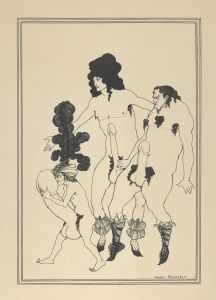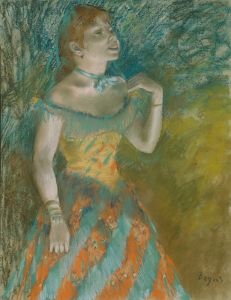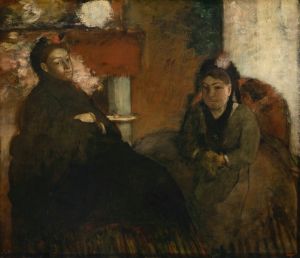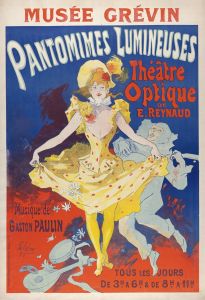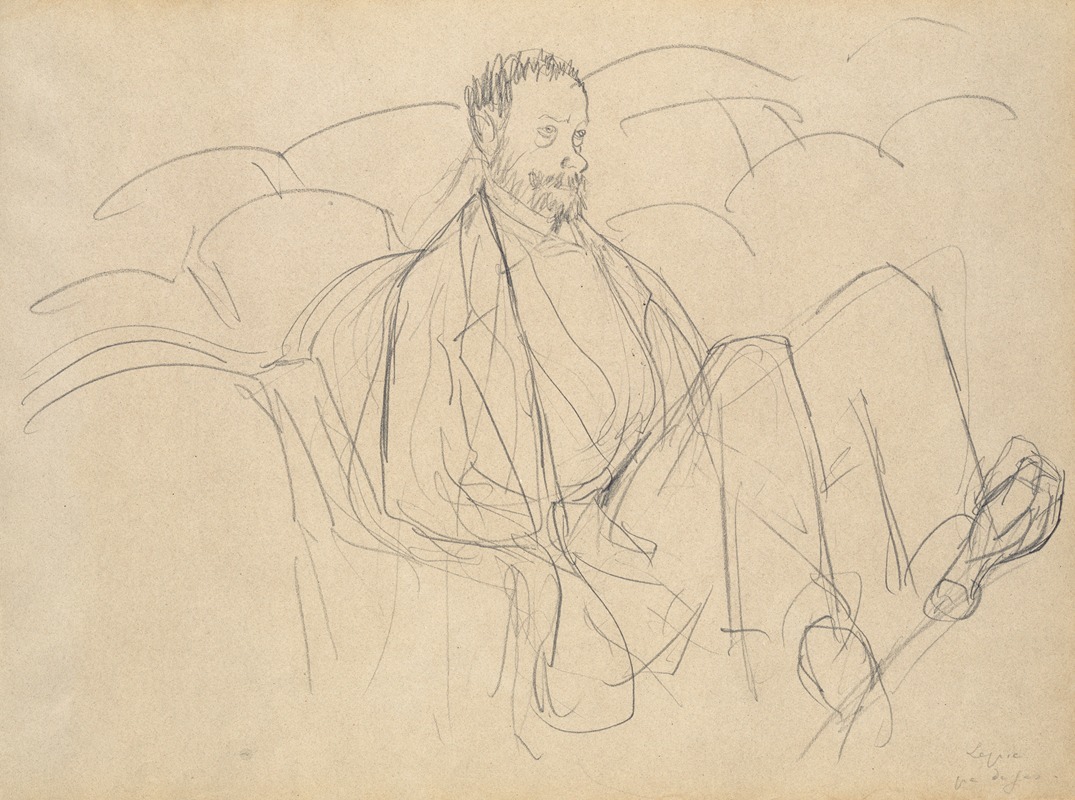
Ludovic Lepic at the Theatre
A hand-painted replica of Edgar Degas’s masterpiece Ludovic Lepic at the Theatre, meticulously crafted by professional artists to capture the true essence of the original. Each piece is created with museum-quality canvas and rare mineral pigments, carefully painted by experienced artists with delicate brushstrokes and rich, layered colors to perfectly recreate the texture of the original artwork. Unlike machine-printed reproductions, this hand-painted version brings the painting to life, infused with the artist’s emotions and skill in every stroke. Whether for personal collection or home decoration, it instantly elevates the artistic atmosphere of any space.
Edgar Degas, a prominent French artist known for his contributions to Impressionism, created the painting "Ludovic Lepic at the Theatre" during the late 19th century. Degas is renowned for his innovative approach to composition and his keen interest in capturing modern life, often focusing on scenes from Parisian society, including the ballet, horse races, and the theater.
"Ludovic Lepic at the Theatre" is a testament to Degas's fascination with the theater as a social and cultural venue. Ludovic Lepic, the subject of the painting, was a close friend of Degas and an artist himself. Lepic was known for his work as a painter and etcher, and he was also an avid art collector. His friendship with Degas is well-documented, and Lepic appeared in several of Degas's works, highlighting the personal connection between the artist and his subject.
The painting captures Lepic in a theater setting, a common theme in Degas's oeuvre. Degas often explored the dynamics of spectatorship and the interactions between performers and audiences. In this work, Degas employs his characteristic style, emphasizing the play of light and shadow and the use of unconventional perspectives. The composition likely reflects Degas's interest in Japanese prints, which influenced many Western artists during this period.
Degas's technique in "Ludovic Lepic at the Theatre" demonstrates his mastery of capturing fleeting moments and the subtleties of human expression. His use of color and brushwork conveys the atmosphere of the theater, with its dim lighting and the anticipation of the audience. The painting is an example of Degas's ability to blend realism with impressionistic elements, creating a vivid portrayal of contemporary life.
The theater was a significant subject for Degas, as it allowed him to explore themes of performance, observation, and the social rituals of the time. His works often depict the behind-the-scenes aspects of theatrical productions, offering a glimpse into the world of performers and the audience's experience. This focus on the theater aligns with Degas's broader interest in capturing the essence of modernity and the changing social landscape of Paris.
"Ludovic Lepic at the Theatre" is part of Degas's broader body of work that examines the intersection of art, society, and modern life. While specific details about the painting's creation and its current location may not be extensively documented, it remains an important piece within Degas's exploration of theatrical themes.
Overall, Edgar Degas's "Ludovic Lepic at the Theatre" exemplifies the artist's skill in portraying the nuances of human interaction and the vibrant cultural life of 19th-century Paris. Through his innovative techniques and insightful observations, Degas continues to be celebrated as a pivotal figure in the history of art.





